

In the 1970s, the WORKSHOP private photography school was born in Tokyo, initiated by Tomatsu Shodo, with Hosoe Eikoh, Moriyama Daido, Fukase Masahisa, Araki Nobuyoshi, Yokosuka Komitsu and others as lecturers. In 1975, Nakahira Takuma and Narahara Ichiko also joined as lecturers. In addition to formal courses, the school also has summer seminars, research classes, and various joint photography exhibitions, providing a free teaching, organizing, and learning atmosphere.
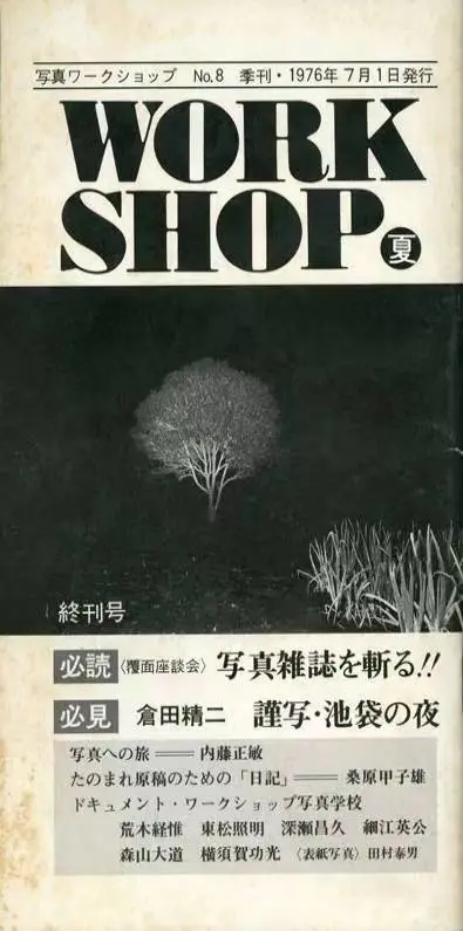
Summer WORKSHOP Magazine
Although the school existed for only 2 years, it had a huge impact on the history of Japanese photography and opened up a new development path for Japanese independent photographers. Soon after, graduates of the original WORKSHOP Photography School and students of the Tokyo Photography School began to organize and establish independent photography galleries to maintain their own creations and publications. This compaign spread to all parts of Japan, and a trend of independent photography galleries emerged. The independent and unique genes of the WORKSHOP Photography School were inherited by these galleries of all sizes and continue to this day.
IMAGE SHOP CAMP
In 1976, several graduates of the former WORKSHOP photography school Daido Moriyama founded IMAGE SHOP CAMP in Shinjuku 2-chome, Tokyo, with the aim of allowing these young photographers to continue publishing their photographic works after graduation. The name of the gallery is also to distinguish it from existing photography galleries. This is an independent space for the display and sale of photographic works. The main members at the time of its establishment included Keizo Kitajima, Seiji Kurata, Daiichiro Kikuchi, Koichi Tokunaga, and others. Daido Moriyama himself was also very actively involved in the activities in the early days.
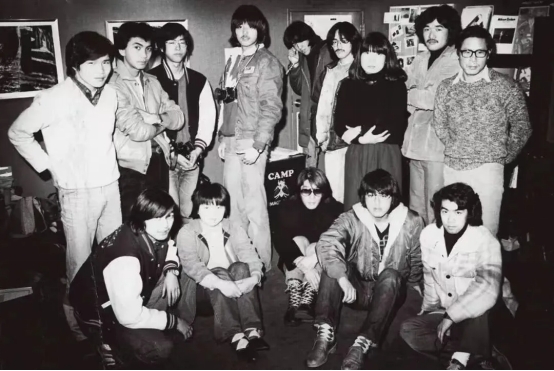
CAMP members, Daido Moriyama in the middle of the bottom row
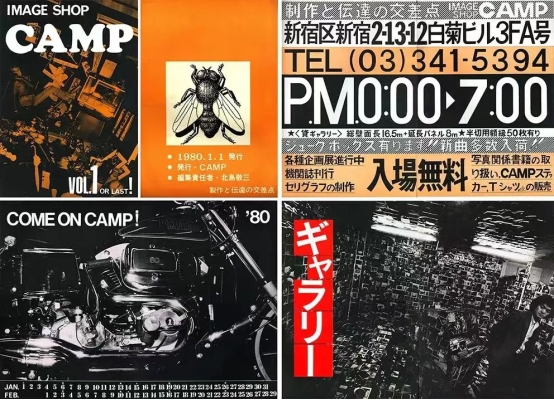
Poster of CAMP
There is no clear rule for CAMP activities, it is purely a space for these young photographers to create and publish. For example, Keizo Kitajima held a series of photography exhibitions for 12 months starting in January 1979, and made the works exhibited each month into a 16-page booklet named Photo Express Tokyo.
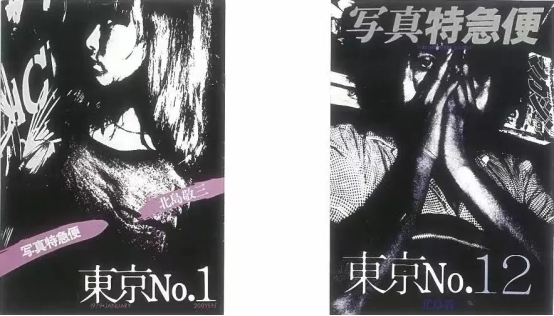
Photo Express Tokyo No.1-12
He photographed the street scenes of Shinjuku 2-chome around CAMP, and then turned the exhibition space into a darkroom, covering the entire wall with photosensitive paper, projecting the image directly on it, pouring developer on it, fixing it with a sponge, and then displaying it directly in this state. In this way, the gaps between the various procedures such as photography, darkroom work, display, printing, and distribution are compressed to the maximum extent, trying to transcend the limitations of self-will and practice photography impromptu and occasionally. Such a pioneering, experimental and independent creative environment can greatly stimulate the creative desire and inspiration of photographers, allowing them to fully display their talents, boldly try, and experience the charm and energy of independent photography creation.
PUT Gallery
On the other hand, former members of the Tomatsu Lighting Classroom, including Hama Noboru, Oka Tomoyuki, Aoki Yasuo, Hasegawa Kazuhisa, etc., founded PUT Gallery in August 1976, and later active photographers such as Yada Taku, Taguchi Yoshimasa, and Okumatsu Yoshimasa joined them. They created a doujinshi magazine, and exchanged with independent galleries in other regions such as GIG Gallery, Serious Photo Gallery, and Black Belt Gallery in Shizuoka Prefecture, AMP Gallery in Nagoya, Astraea Gallery in Tochigi Prefecture, Basho Gallery in Hirosaki, and Hermit Crab (a-ma) Gallery in Okinawa, and actively planned group exhibitions between galleries. In November 1977, they held the "NUJUN a-man Joint Exhibition" with Hermit Crab Gallery. Since then, PUT members have maintained contact with Hermit Crab Gallery members, carried out exchange activities, and held solo exhibitions and group exhibitions in their respective galleries.
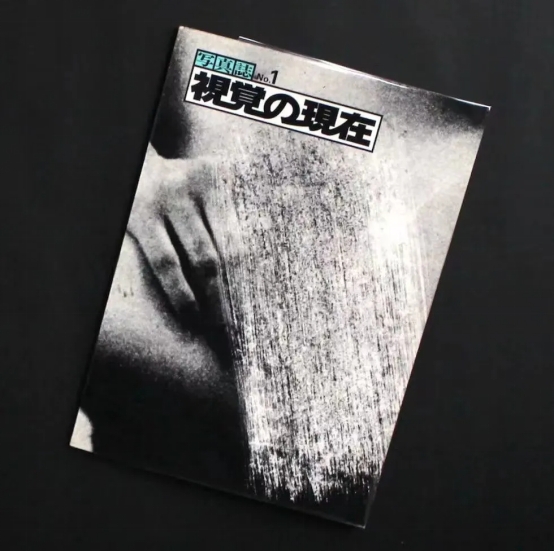
PUT Gallery Magazine
Prism Photo Gallery
In March 1976, students of Tokyo General Photography College, including Masaru Taniguchi, Toshiro Kuwahara, Hiroshi Sumitomo, and Shou Hiraki, founded the independent photography gallery Prism in Shinjuku Hyakunincho. The gallery mainly focuses on solo exhibitions by gallery members and group exhibitions they curate. In addition, they also frequently hold exhibitions of famous photographers such as Koshio Kuwahara, Seiji Otsuji, Akihime Tamura, Naganori Tanaka, Hiroshi Yamazaki, and Robert Frank.
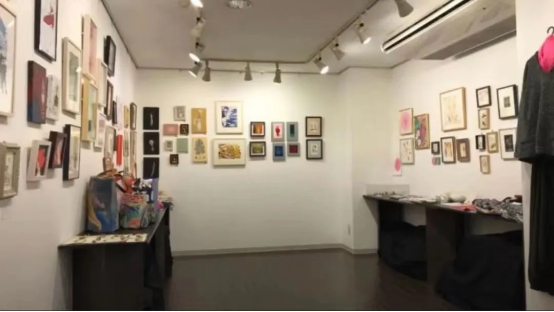
Prism Photo Gallery
Although the trend of independent photography galleries has gradually subsided since the 1980s due to the emergence of commercial photography galleries, photography art museums and various forms of photography awards, independent photography galleries are still widely present in Japanese society as a unique and effective option, and are still an important way for many Japanese photographers to maintain their creative state, publish works and expand their influence.
Place M
Place M is a photography gallery with 34 years of history. It was founded in Shinjuku, Tokyo in 1987 by Daido Moriyama and his student Masato Seto. It is the most dynamic independent photography gallery in Japan. It is currently managed by Masato Seto, a student of Daido Moriyama. The meaning of M in the name of the gallery comes from the first letter of Daido Moriyama's name.
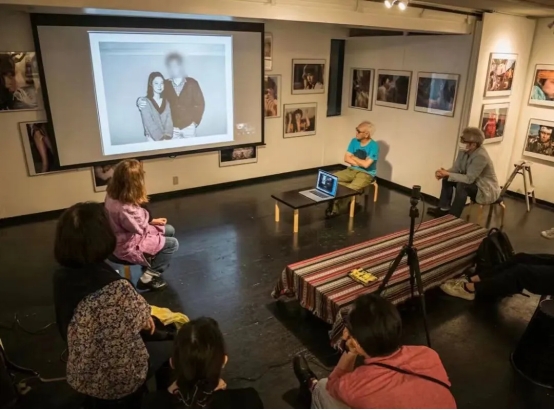
Place M Night Photography School
Different from the commercial gallery model that relies on the sale of works as the main source of income, the original purpose of the establishment of Place M was simply that Daido Moriyama and his group wanted to find a fixed place to publish their photographic works. With the development of Place M, the gallery's business scope has gradually expanded to the current exhibition planning, photography education, and photography collection publishing. In 2019, the independent film section was added, and judges are invited every year to judge the Place M film festival. Place M has two exhibition venues in Japan, each exhibition lasts for one week, and two new photography exhibitions will open every week, all year round. From beginner photographers to well-known and powerful photographers, everyone can publish their works in Place M. Over the past thirty years, an astonishing number of photographic works and photographer resources have been accumulated. In recent years, it has been included in the famous European gallery guide. The exhibition has added a lot of photographers from Europe and the United States, becoming a photography base for photographers from all over the world in Tokyo.
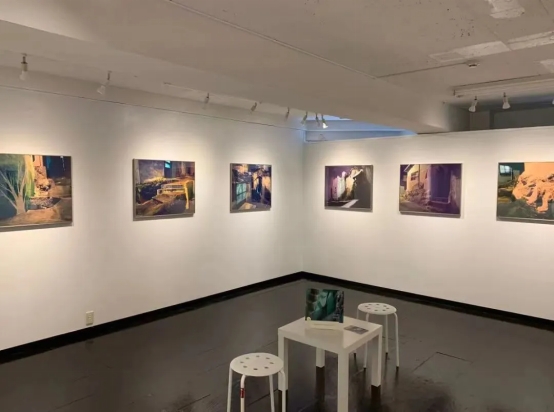
Place M
Since its establishment in 2017, 5A1 Art Space has been committed to promoting artistic photography and creating the most internationally influential art space and communication platform in southern China. It also provides a development and communication platform for emerging artists and well-known contemporary artists.
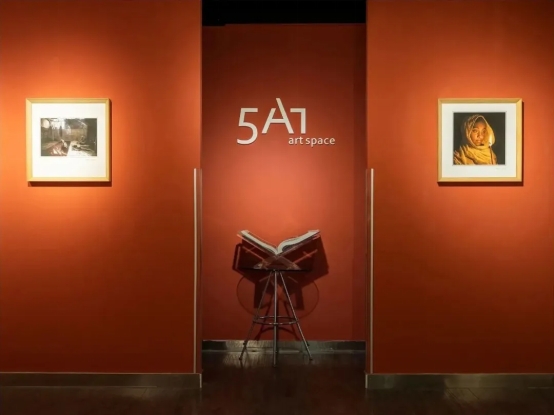
On May 13th, Next Saturday, the "Seto Masato Photography Exhibition" curated by artist Chun Wai and officially exhibited at 5A1 Art Space is composed of 3 famous art projects of Place M Gallery owner Seto Masato: Picnic, Silent Mode 2020, and Binran. Mr. Seto Masato and Mr. Chun Wai will also be present at the opening ceremony at 14:30 that afternoon. We sincerely welcome art photography enthusiasts to attend the opening ceremony!
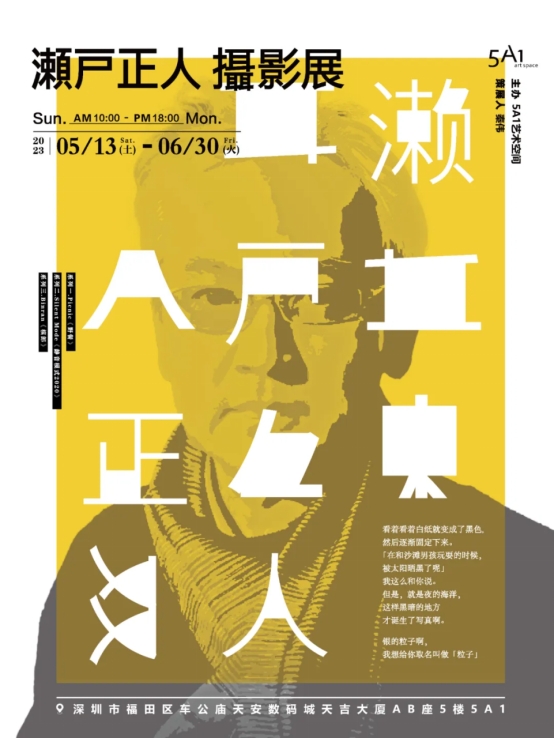
As a concurrent event of the exhibition, 5A1 Art Space will also host Seto Masato's "Dialogue between Mountains and Water" workshop in Guilin, Guangxi for five days from May 14th to May 18th. Recruitment is still open to applicants from all over the country... This is a rare opportunity!
(Details of the workshop can be found in the picture below)
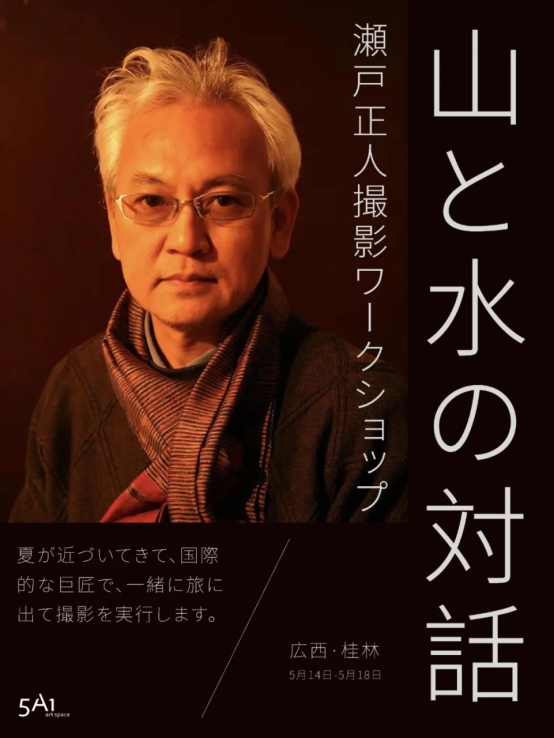
-END-